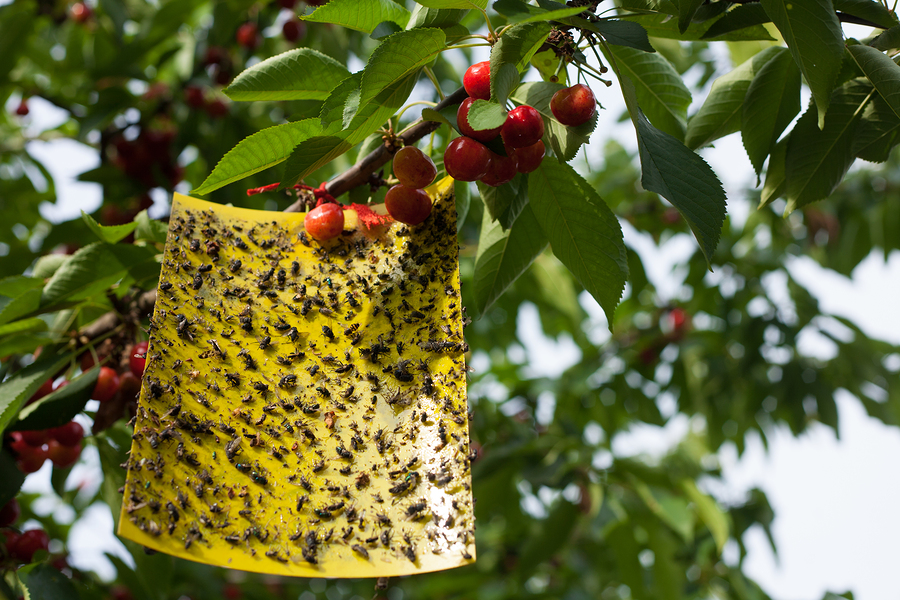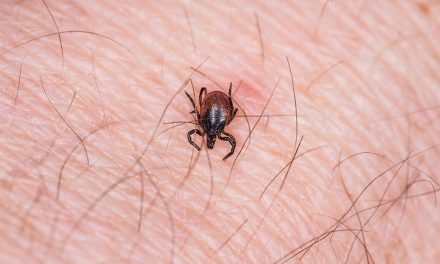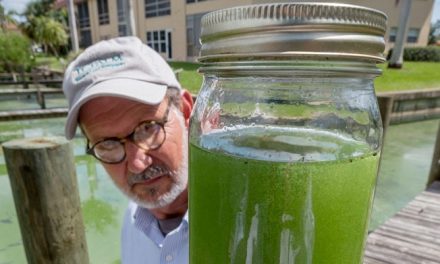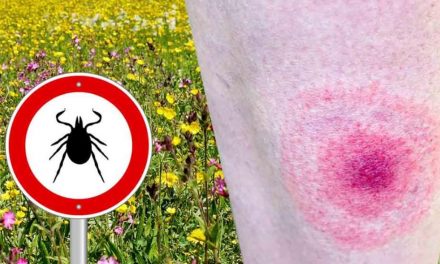If you are someone who hates bugs in your space but understands that there are more options than those that would harm the environment AND those around us- read on. And if you didn’t know you had options, you do; there are safer, nonchemical methods that can solve your problem.
The problem with pesticides
Thanks to their widespread use after World War II, toxic chemicals have seeped into 90 percent of our waterways AND our bloodstreams. And these chemicals can trigger things like nausea, vomiting, and headaches or even more serious health concerns, like lung damage, reproductive problems, and cancer. We KNOW this. We simply have to start living smarter.
Not to mention the fact that pesticides are terribly toxic to children, who spend their time closer to the ground where these chemicals are. Our children’s developing brains (and bodies) are more susceptible to neurological problems, learning disabilities, and toxin buildup due to exposure. In fact, of all the cases of pesticide poisoning in the United States, half of them are in children under the age of six.
The truth is, chemicals aren’t always that effective anyway:
“Consider fleas, which take about a month to hatch from eggs and develop into larvae, then pupae, and then adults. Many of the chemicals used in conventional flea treatments target only fully grown fleas. Meanwhile, human exposure to these chemicals can trigger dizziness, vomiting, and convulsions and have long-term effects on learning and behavior.”
Another way
So, if we aren’t spraying them to death, what are we doing? Integrated pest management. IPM focuses on prevention so that pesticides become a last resort. It’s low-cost, safe, and environmentally friendly. It’s also been proven to slash pest-removal costs by one-third and pest complaints by 90 percent.
https://www.youtube.com/watch?v=GqjJg6KGOe4
The first thing you have to do is make sure they cannot get into your home:
- Repair ripped window and door screens.
- Seal bathroom and kitchen cracks with silicone caulk.
- Plug openings that are larger than ¼ inch wide. (Mice can easily wriggle through small holes but not if you seal them with cement, steel wool, or other metals. They can chew through plastic, rubber, vinyl, and wood.)
- Deny pests the shelter, food, and water they need by replacing the flooring before ants or termites can infest the rotting wood or getting rid of old newspapers that rats and mice like to use to build their nests.
- Sweep and vacuum regularly.
- Wash dishes and take out the garbage daily, and keep trash cans free of food residue.
- Store ripe fruit in the refrigerator, and never leave leftovers uncovered overnight.
- Wash your pet’s bedding once a week to ward off flea infestations.
Think before you spray
Remember, bees pollinate plants that account for 30 percent of the crops we eat and because their population has been decimated over the last 40 years (due to pesticide use) it’s best to leave bees alone if you discover them near your house. However, if you are uncomfortable with them so close you can call someone who specializes in bee removal. Just make sure they are licensed.
The old fashioned way
Now that you’re home is clean and you are ready “to kill”, use old-school methods first: flyswatters, mousetraps, flytraps, jar traps, pheromone traps, and other nontoxic bait.
You can also sprinkle cracks and crevices with boric acid powder, which will slowly poison crawling insects but is less toxic to humans than pesticides are. Just remember even these options should be handled carefully and kept away from kids and pets.
Your last resort
If problems persist, pesticides should be your last resort. IPM advocates using those toxic chemicals sparingly, with spot treatments limited to just the affected areas rather than spraying the entire house. Use pesticides with the lowest toxicity and avoid chemicals that are known to be carcinogens, neurotoxins, and endocrine disruptors.
However, if in the end you’ve tried everything and have gotten no relief, hire a pro- but make sure they are licensed in your state and certified by reputable programs like EcoWise, GreenPro, and Green Shield.
Source: NRDC












